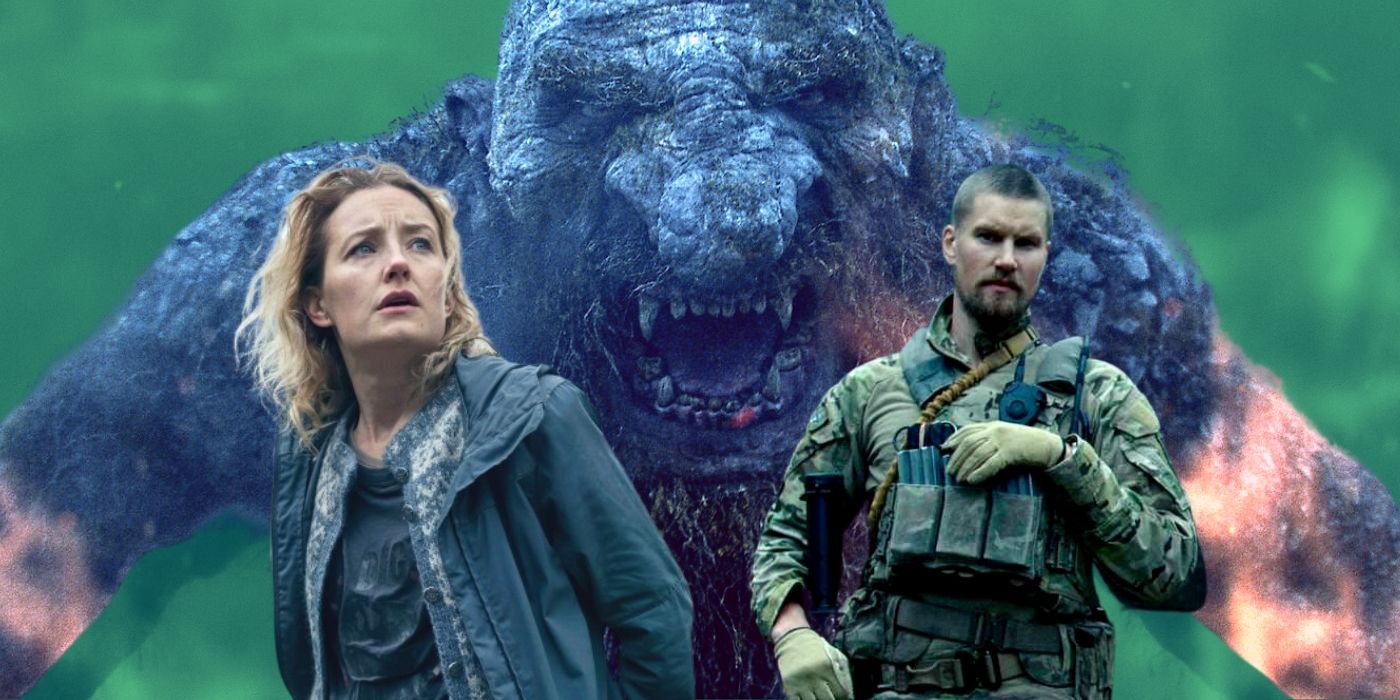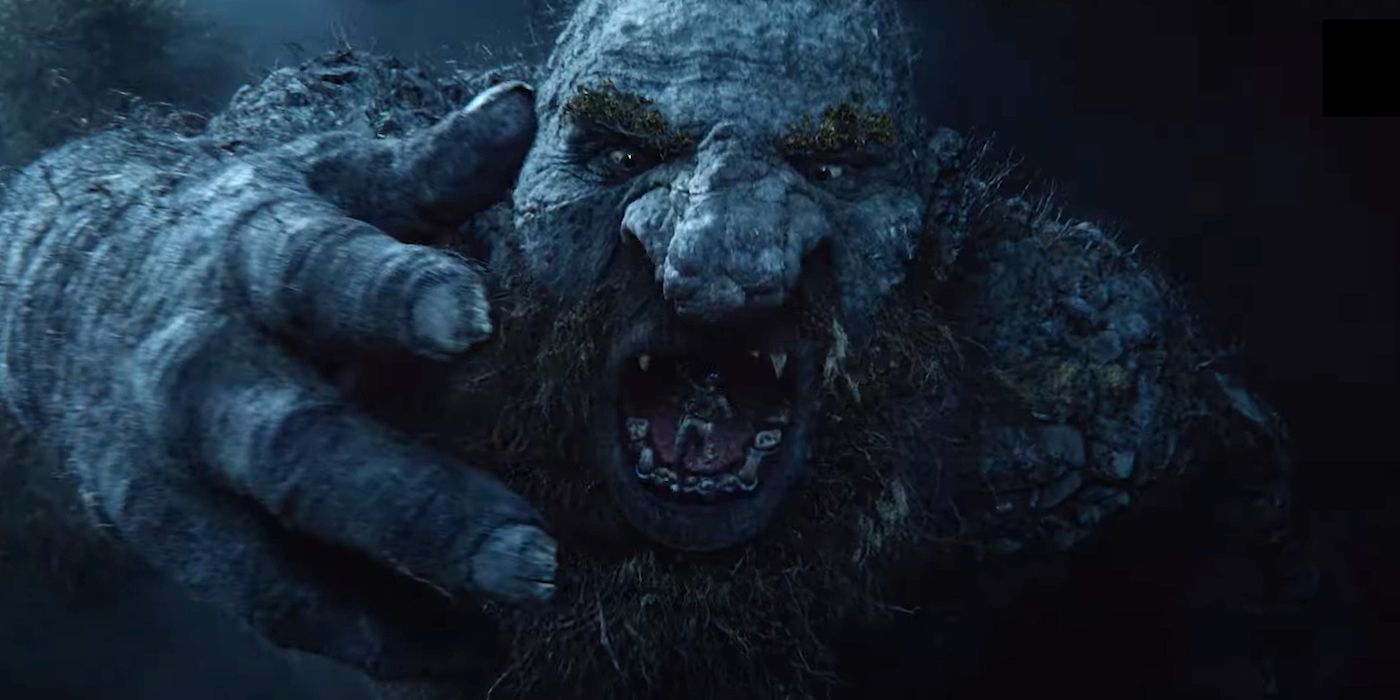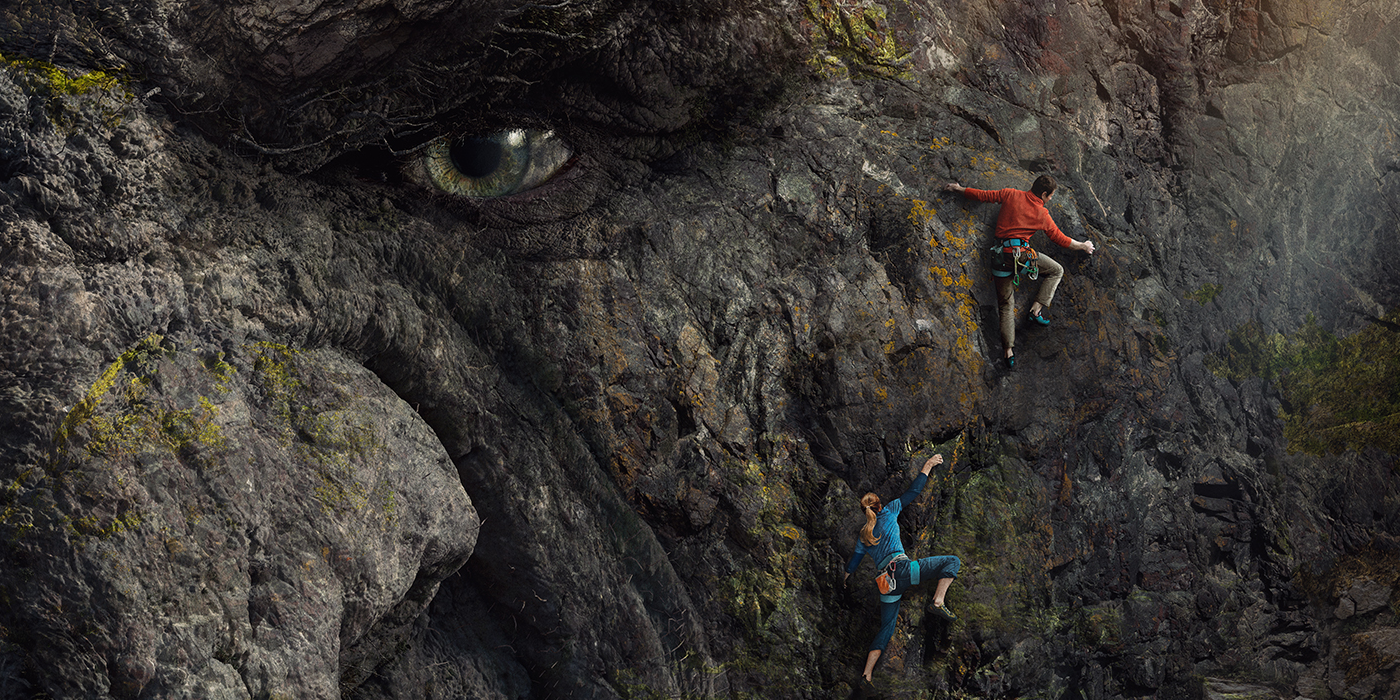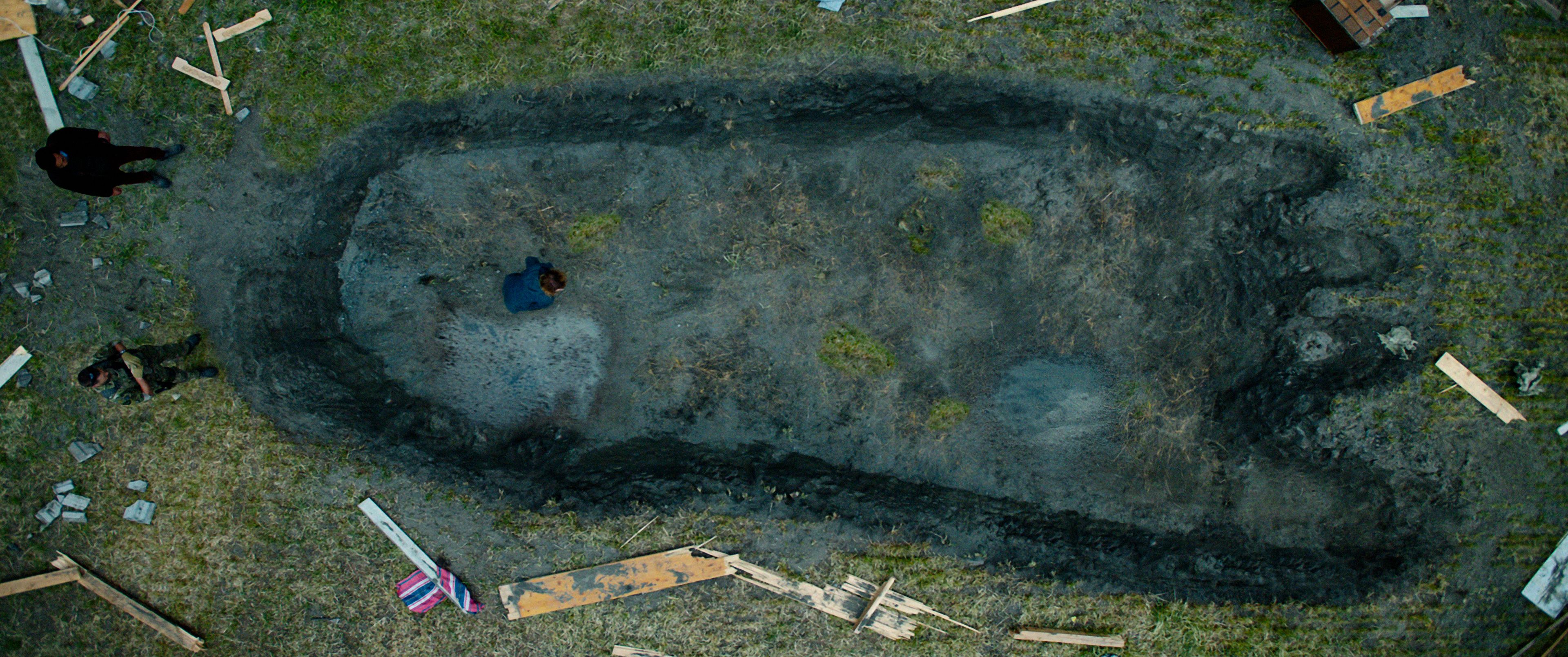In a world of overwrought monster films that rely almost exclusively on destructive special effects to please audiences, Netflix's Troll is a breath of fresh, cool Scandinavian air. A Norwegian production, Troll avoids many of the pitfalls that hamper the fun of similar, but much bigger budget blockbuster monster movies. The impressive special effects of Troll give the monster a more familiar, if not humanistic, feeling, which is missing from most other kaiju films. The special effects team's attention to detail and focus on the monster's facial expressions as a tool for connection, draw viewers into the story and make them care about this giant monster in a far more emotional way than most other kaiju creatures can manage.
Not Your Average Monster Movie
On its surface, Troll might appear like any other big budget monster-driven disaster film a la Godzilla Vs. Kong or Dwayne Johnson's Rampage. But dismissing it as such would be a big mistake. For starters, the film makes movie magic by relying almost exclusively on VFX teams within Scandinavia, while most other kaiju films lean heavily on Hollywood effects professionals. Secondly, this movie's special effects team made the most of what they had by leveraging their human capital to get the most out of the technology at their disposal. Finally, rather than focusing too much of their attention on making the monster's destructive powers look realistic, they instead chose to train their intentions on his emotive powers and facial expressions, thereby creating an emotional connection with the audience.
Directed by Norwegian director Roar Uthaug, who also directed Warner Bros.' 2018 reboot of Tomb Raider, Troll is based on well-known Norwegian legends of giant trolls that roamed the Scandinavian countryside for centuries. In the film, paleontologist Nora Tidemann, played by Ine Marie Wilmann, is contacted by the Norwegian government to investigate a mysterious combination of seismic events and apparent giant footprints in the wilderness. Before long, the troll reveals himself to Nora, her father Tobias, and the rest of the world. Chaos and destruction ensue.
A Scandinavian Film by Scandinavian Filmmakers
Director Uthaug and the production team were determined to make this a truly Scandinavian film, both in front of and behind the camera. They planned early-on to gain independent financing for the film, allowing them the freedom they desired. However, Netflix had other plans, taking on the project and funding it in a way that allowed Uthaug's vision for the film to be fully realized. He used multiple visual effects teams, all within Scandinavia, to bring the troll to life. Although he could have easily worked with a Hollywood team, Uthaug felt that telling a Scandinavian story was best done by Scandinavian artists.
Because none of the visual effects groups in Norway, Denmark, or Sweden were large enough to manage the entire effects package for the film, the duties were split between four different vendors, allowing each group to specialize on one or two specific tasks. As the largest film (in budget and scale) ever produced and filmed in Scandinavia, Troll benefits from this specialized capitalization of local talent. The effects may be more of a personal labor of love on this film than is the case with most kaiju movies. Having the effects managed by an all European team also offers the benefit of a different artistic perspective than most other Hollywood films.
A Kaiju Film with Heart
What Troll does successfully in contrast to other monster movies is to offer the audience a window into the creature's soul. Aided by a thoughtful script, the movie weaves the stories of the human characters with that of the monster, creating the perfect palette for the various visual effects professionals to display their art. The effects teams managed to show viewers the troll's capacity for feeling as much as his capacity for creating chaos. In no scene is this more obvious than when "the troll king," as he is eventually called, holds the skull of one of the dead children of his tribe. His facial expression shows contemplation and loss in a way that's not easy to achieve with special effects. Shortly thereafter he drops the skull, which results in a rageful roar. But the moments before this show a range of emotion not often attempted in similar monster films.
Another example of the troll's emotional capacity on display is near the film's climax. Tidemann and her team manage to lure the troll into a clearing in Oslo where they have set up a giant light ring to trap him, as trolls are essentially allergic to sunlight. When the lights are turned on, the troll shows palpable fear and distress. This type of reaction is usually displayed through pure anger in monster films, but the troll's reaction engenders the same pity in the viewer as it apparently does in Professor Tidemann. In response, she turns the lights off to give the monster a reprieve from his suffering.
The film's ability to reflect our own fears and emotions on the face of a monster is what makes Troll special. That's not to say, though, that the movie is all heart and no bang. Throughout the film, there is humor and loads of action. The scenes of the troll lumbering through the countryside and ultimately smashing his way into a European capital are impressive and grand. But they are made even more satisfying because they are complimented by a real understanding, at a base level, of what motivates this creature's movements and actions.
Kaiju films, by nature, are meant to be fun. Most often this merriment comes in the form of toppling buildings and swatting at aircraft. While Troll has plenty of this type of action, it's made even better by the intentional focus on the monster's less destructive impulses. Through an impressive combination of writing, acting, and perhaps most importantly, special effects, Troll achieves something unique among its peers - a monster movie that makes the audience truly conflicted about the direction they want the film to take. It's an emotional response that doesn't often occur in movies, let alone monster films. But it's one that makes Troll a special movie, borne of Scandinavian tall tales.




